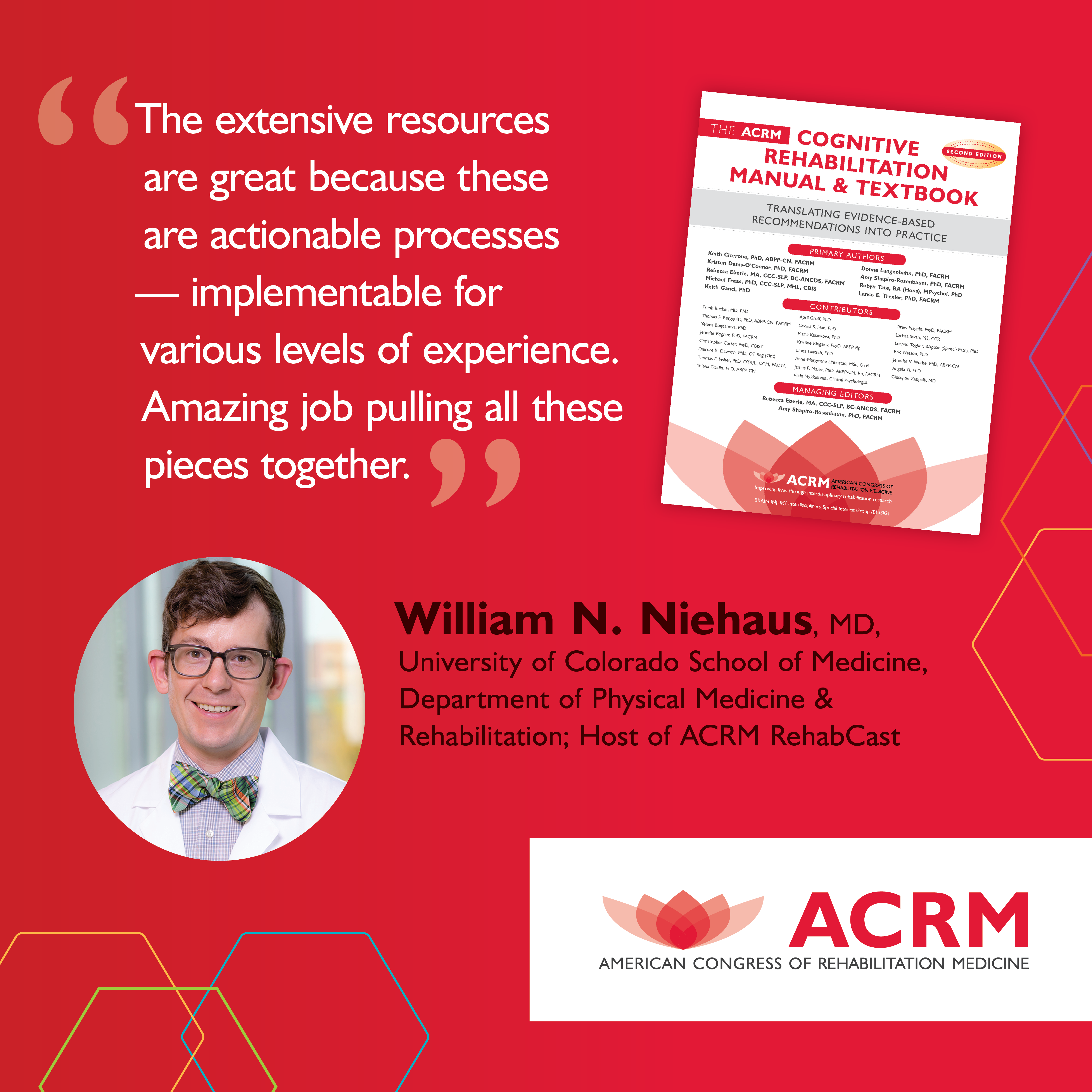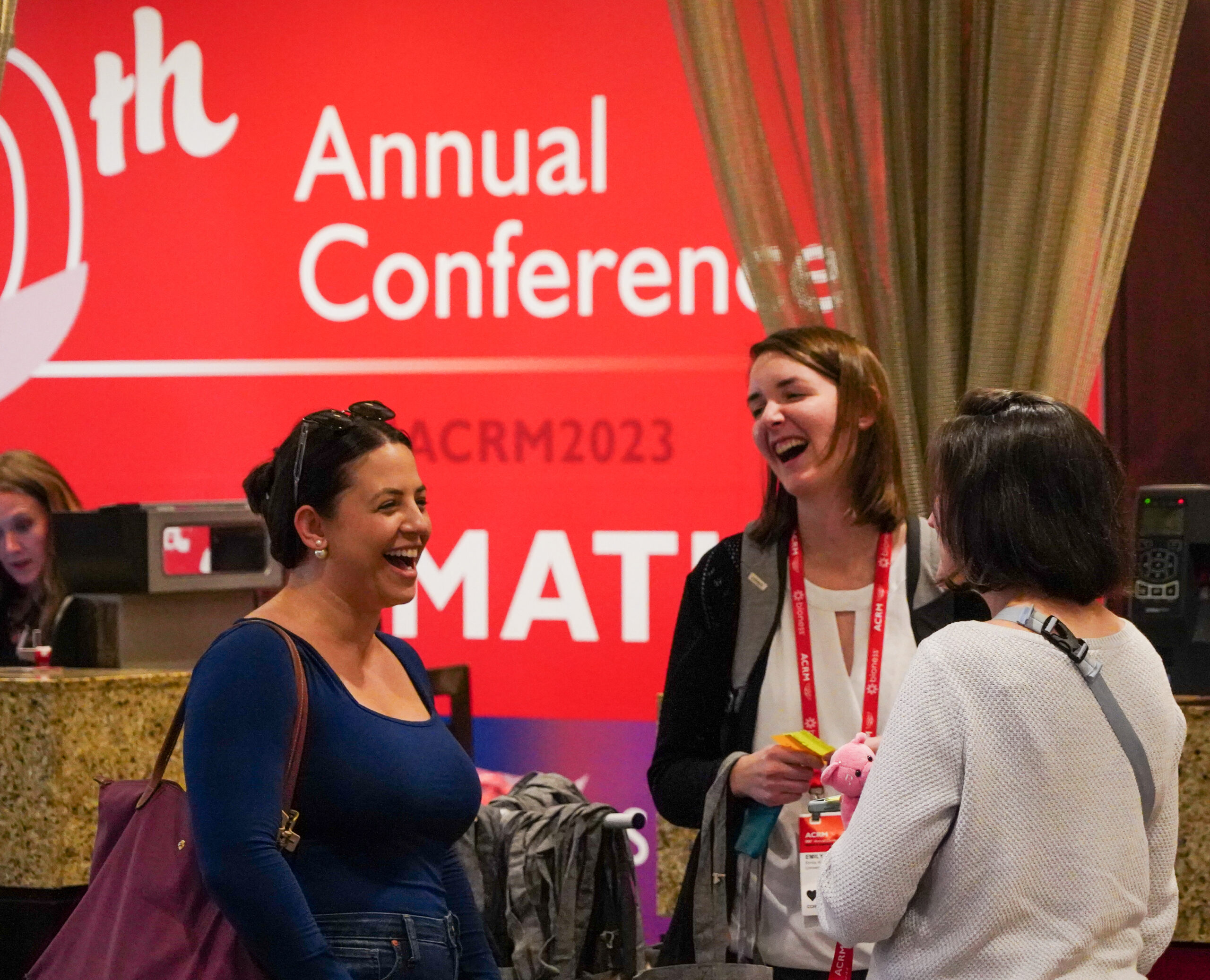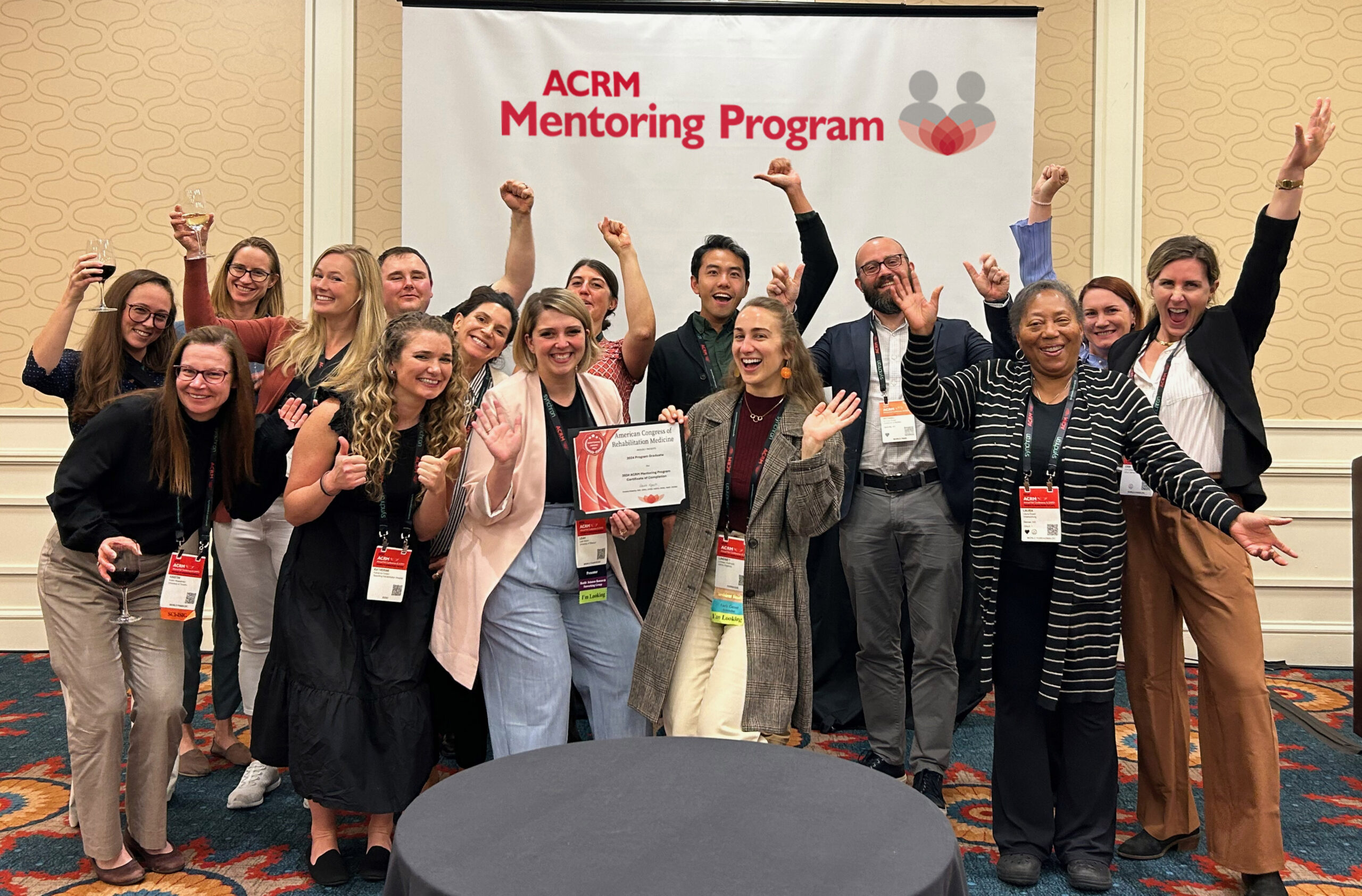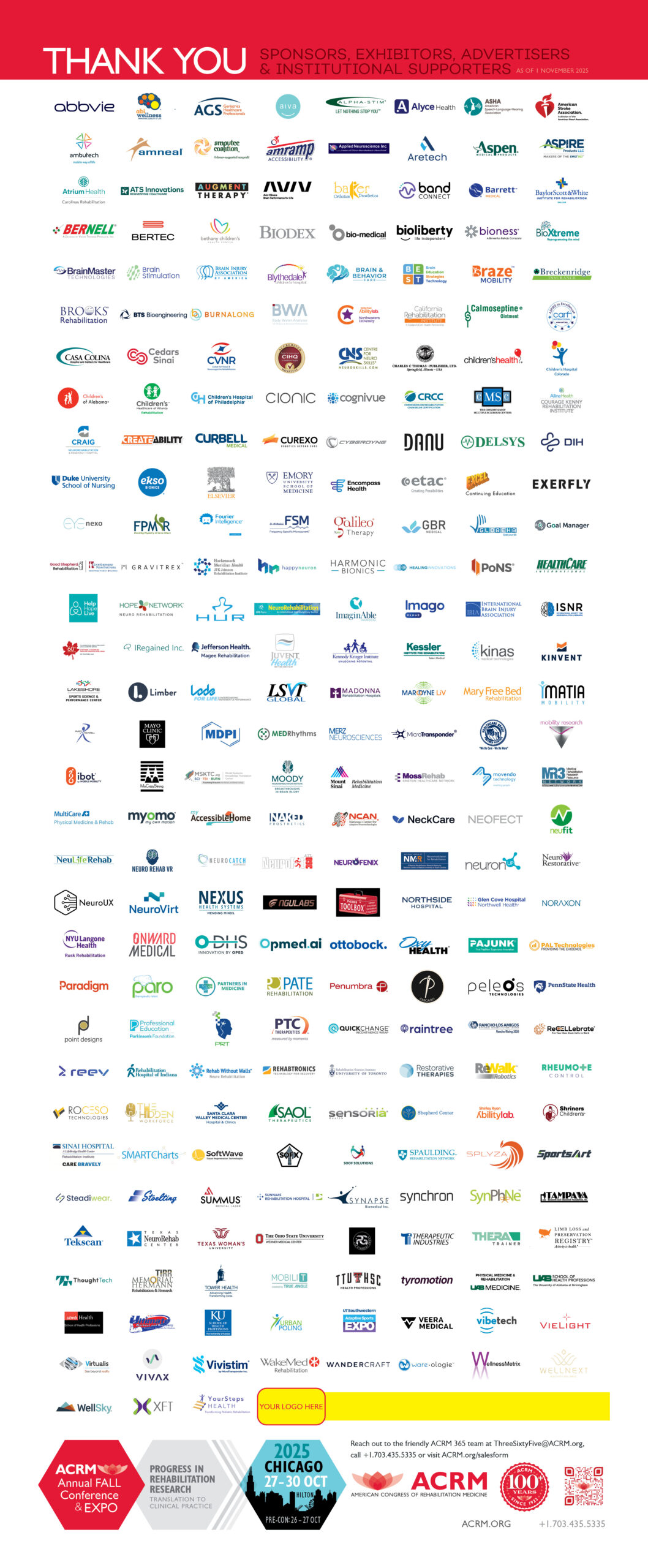Get to know and learn from your peers! This new Research Spotlight column in the ECNG e-newsletter is intended to help you get to know the work of ACRM members from all career stages and disciplines, and to give you some insight about the different paths that people have taken along their career, and some words of wisdom of how to best succeed as you navigate this path. We want to include you in one of our upcoming newsletters, so don’t be shy—contact Dawn Neumann about this opportunity now!
This month’s Research Spotlight is on early career members, Sarah Callahan, Alison Cogan, and Ekaterina Dobryakova.
 Sarah Callahan, MOT, OTR/L
Sarah Callahan, MOT, OTR/L
Occupational Therapist, SCI Clinical Research Scientist at Shepherd Center
Q. What’s your current research focus or area you are most excited about?
A. Our team is currently studying the benefits of different types of electrical stimulation, combined with fine motor training, on hand function in people with subacute spinal cord injuries. The study will compare three types of stimulation – transcranial direct current stimulation (to the motor cortex), peripheral nerve stimulation (to the median nerve), and sham peripheral nerve stimulation – that are provided in clinically accessible forms. In other words, we’re using devices that a clinic could reasonably purchase and use during therapy sessions. The novelty of the study lies in its comparison of these clinically accessible types of stimulation, and the fact that the hand function training participants receive mirrors regular inpatient or post-acute therapy sessions (i.e. 1 hour/day, 2 days/week). We’re seeking to collaborate with clinicians, managers, and stake-holders at all levels to increase the translational potential of our results. It’s been a lot of fun to design, execute as a small pilot study, and now prepare to launch as a larger, funded study!
Q. What prompted/motivated you to choose that area?
A. To be honest, I sort of fell into it! My role as an occupational therapist at the Shepherd Center is split between research and the clinic – I treat patients with acquired brain injury 2 days/week and work in our spinal cord injury research lab the other 3 days. This position was somewhat pieced together after my spinal cord injury research fellowship at Shepherd ended. My supervisor’s interest in hand function meshed well with my own as an occupational therapist, and I’m grateful to have been welcomed onto the team. I’ve found many opportunities to contribute my clinical experience to the design and implementation of our studies, as well as to educate current patients about research, both of which have been very rewarding.
Q. Briefly, what path did you take to get there? What is your career trajectory—long-term goal?
A. As mentioned above, I did a spinal cord injury research fellowship at the Shepherd Center just after occupational therapy graduate school. This position afforded me time in both the clinical and research settings each week. I sought a similar position after the fellowship ended, so you can tell I like that mix! Long-term, I’d like to stay involved in research as a clinician. I hope to continue contributing to studies about topics that people with spinal cord injury care about and whose results can hopefully influence their rehabilitation and quality of life immediately, because of their high translational value.
Q. Did you have any pivotal experience that propelled your research success?
A. Some of the most valuable experiences I’ve had – as a research fellow and now as a clinical research scientist – are working with students. Early on, as my boss supervised physical therapy student groups through year-long capstone research projects, the meetings, weekly data collection & study execution endeavors, poster presentations, and paper writing to which I was exposed allowed me to bulk up my own knowledge in these areas. Assisting in supervising the students compelled me to learn things about IRB documentation, participant recruitment, professional speaking and writing, and the general research process much more quickly than I would have otherwise. It’s truly accelerated my learning and played a large role in deepening my own enthusiasm for research, as I’ve tried to share it with each new student group.
Q. Advice for early career scientists? Words of wisdom?
A. Don’t be afraid to share what you’ve learned, even if you’re admittedly not an expert at this point. There may be certain, even small, areas in which you do have expertise that perfectly complement the strengths of others on your team. Keep learning, but don’t wait to contribute until you’ve got it all figured out!
 Alison Cogan, PhD (cand.), OTR/L
Alison Cogan, PhD (cand.), OTR/L
University of Southern California
Q. What’s your current research focus or area you are most excited about?
A. I’m studying how military service members with mild traumatic brain injury (mTBI) experience changes in their daily life due to their symptoms, and how occupational therapy intervention could help them participate in the things that they need and want to do.
Q. What prompted/motivated you to choose that area?
A. My brother is a US Marine, and after seeing his family adapt through multiple combat deployments, I became interested in how military life affects families. Shortly after I started working toward my PhD, I connected with some Navy occupational therapists who shared with me that they saw a lot of patients with mTBI, but had not been able to find much evidence for the efficacy of occupational therapy interventions for this population. We decided to collaborate, and that formed the basis of my doctoral research.
Q. Briefly, what path did you take to get there? What is your career trajectory—long-term goal?
A. While I was completing my masters’ degree in occupational therapy, I had opportunities to be part of current research studies through a graduate assistantship, which is when I discovered how great a fit a research career was for me. Fortunately, I had a very supportive mentor, Dr. Florence Clark, who encouraged me to pursue the PhD program at USC and agreed to serve as my primary mentor when I was accepted into the program. I will complete my PhD in May of 2017, and am currently exploring postdoctoral fellowship opportunities that will allow me to continue my line of research with service members and veterans.
Q. What barriers or facilitators were you exposed to and how did you manage them? Pivotal experiences?
A. This is not necessarily a barrier, but I would say it was a big challenge to learn and navigate the culture of Navy Medicine and the Marine Corps to do my doctoral research. Fortunately, there are some great people who guided me through and helped make sure our study protocol met all of the IRB requirements. A turning point was when the first manuscript I submitted to a journal got rejected. After the initial disappointment, I realized that the editor had given me some valuable feedback that I could use to improve the paper. I carefully considered the editor’s suggestions, revised and resubmitted, and the manuscript was accepted and has since been published. The experience taught me not to fear rejection and to find a way to learn from disappointing situations.
Q. Advice for early career scientists? Words of wisdom?
A. Network! I never thought of myself as being particularly good at networking, but I have had opportunities to present my work at a lot of conferences over the last few years and met a lot of people. Now that I’m looking for postdoctoral fellowship opportunities, I have a list of people whom I’ve met over the years (many through ACRM) that I could reach out to for advice and all have been very supportive and helpful. So, my advice to future or prospective students is to take every opportunity you can to share your work and connect with others in your area of interest. You never know where a connection may lead.
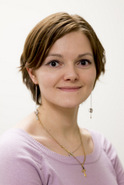 Ekaterina Dobryakova, PhD
Ekaterina Dobryakova, PhD
Research Scientist, Kessler Foundation
Q. What’s your current research focus or area you are most excited about?
A. My current position as a Research Scientist allows me to combine both of my passions; basic and applied research. Currently, not only am I examining neural correlates of fatigue and reward in individuals with traumatic brain injury, but I am also informing potential rehabilitation strategies for this group.
Q. What prompted/motivated you to choose that area and what path did you take to get there?
I was always interested in the workings of the brain. This interest motivated my involvement in functional neuroimaging research as soon as I started my undergraduate studies. However, as I was finishing up my PhD work with a focus on cognitive neuroscience, I realized that I wanted to go beyond the basic knowledge gained from neuroimaging research, and actually apply it to different populations.
Q. What barriers or facilitators were you exposed to and how did you manage them? Pivotal experiences?
A. One of the barriers that I have encountered along the way is the need to combine technical/statistical skills with writing skills. In my opinion, learning never stops and persistence is key. Thus, I am constantly working on improving both my writing style and analytical knowledge. In order to ensure this type of growth, I write for both scientific audiences, as well as lay persons, while persistently finding and learning new methodologies and research strategies. Because of this, a once viewed barrier has now turned into a facilitator of progress and self-improvement.
Q. Advice for early career scientists? Words of wisdom?
A. I was honored to have had amazing mentors, who still mentor me to this day, throughout my graduate and post-graduate training. Both of my mentors were women who not only taught me a great deal of academic knowledge, but also proved to be great role-models in their ability in having a successful work-life balance. Personally, I feel that as a female scientist it is important to have female role models in a scientific setting in order to foster confidence in younger generation female researchers. Now as I take on the role of a mentor to a student, I am able to utilize the mentoring strategies that I have observed previously, and take pride in my students’ successes.



